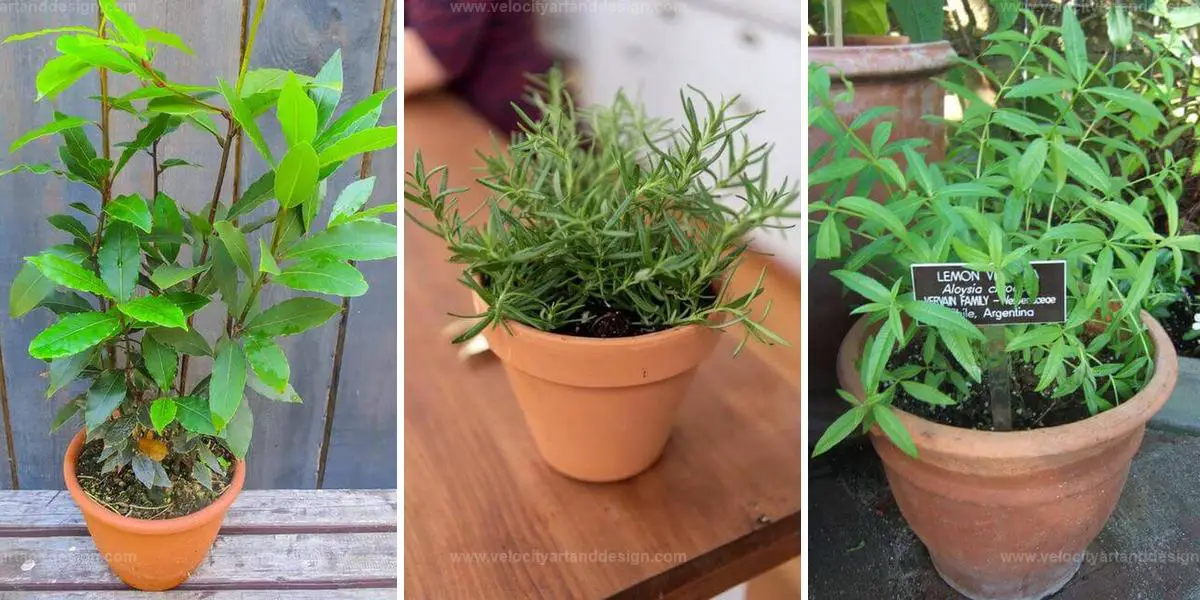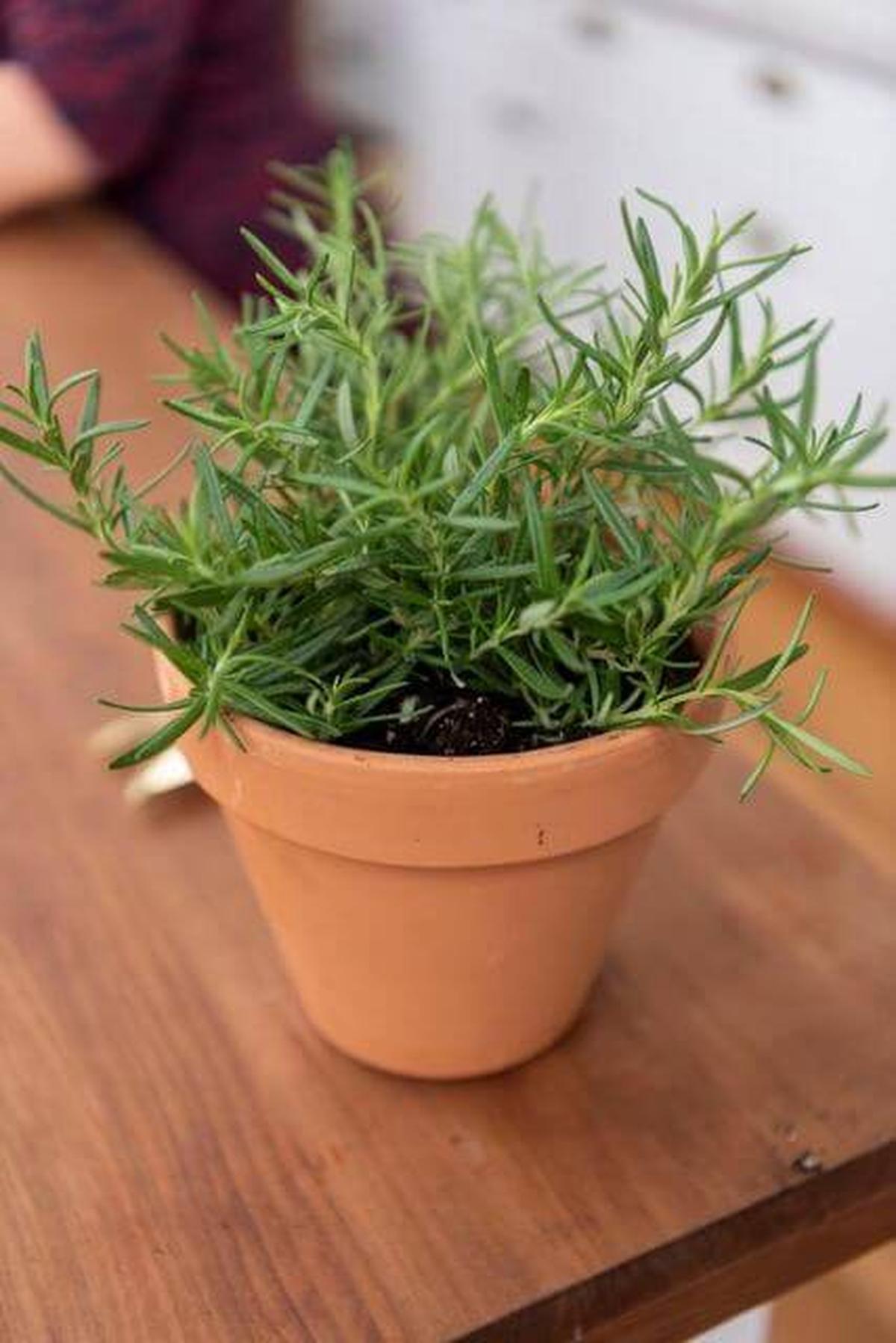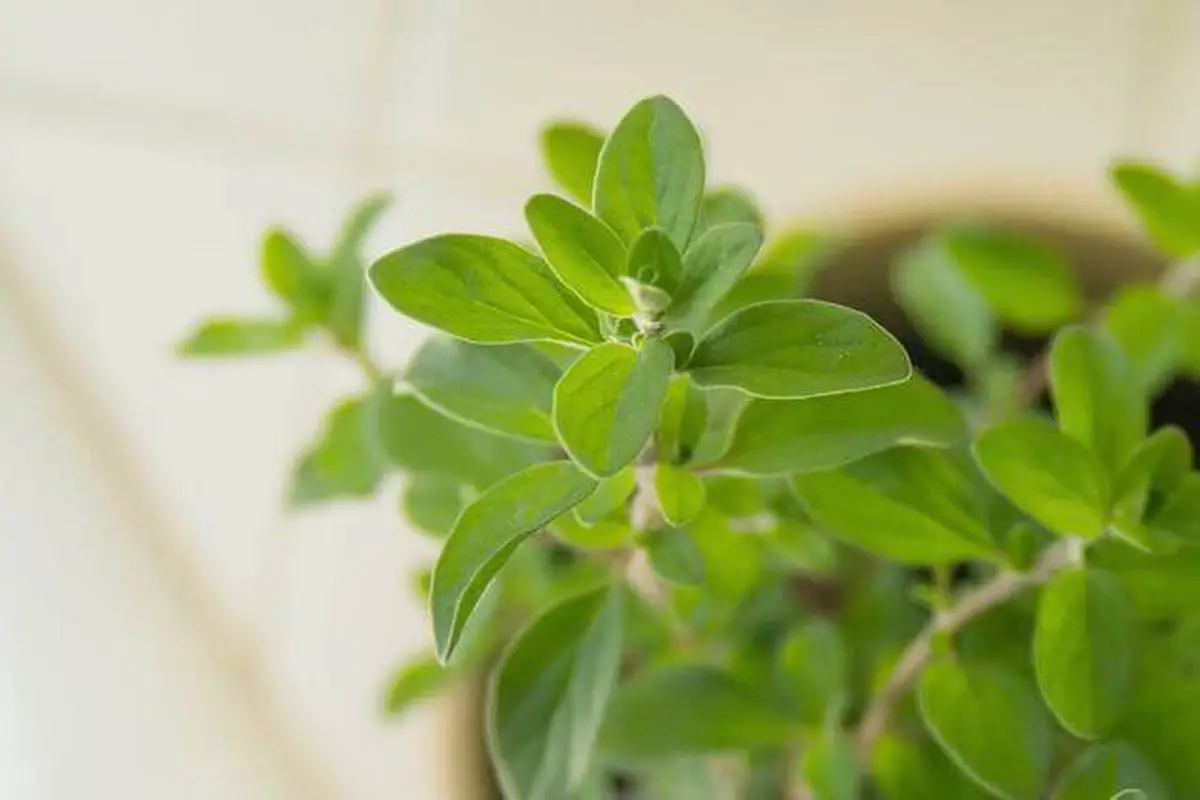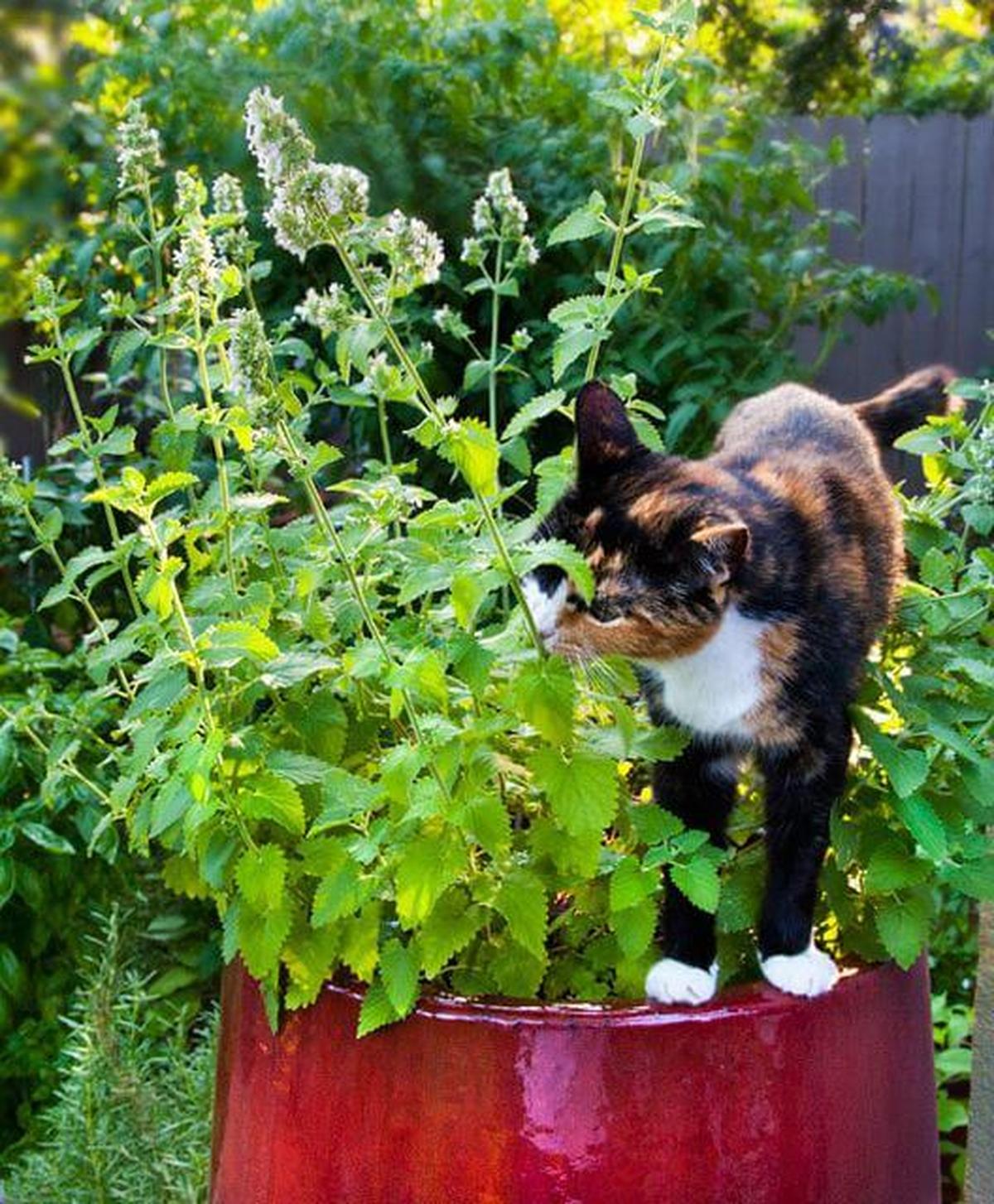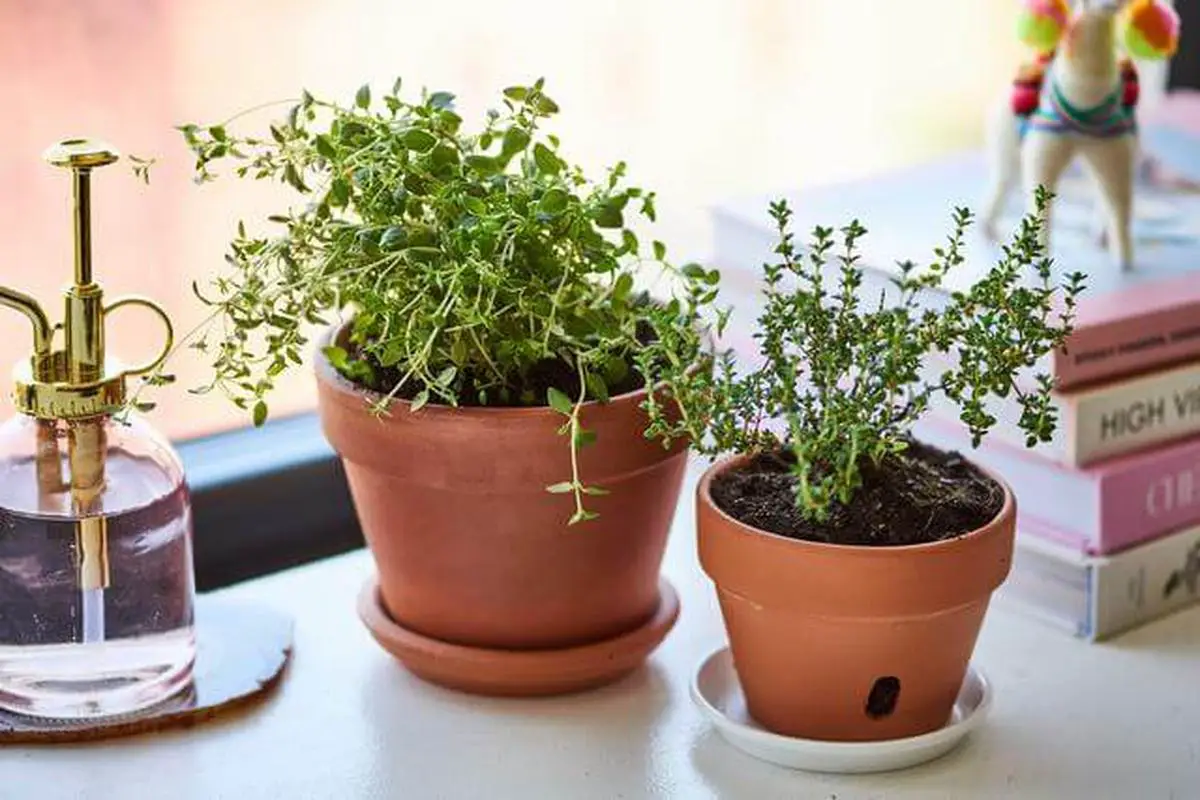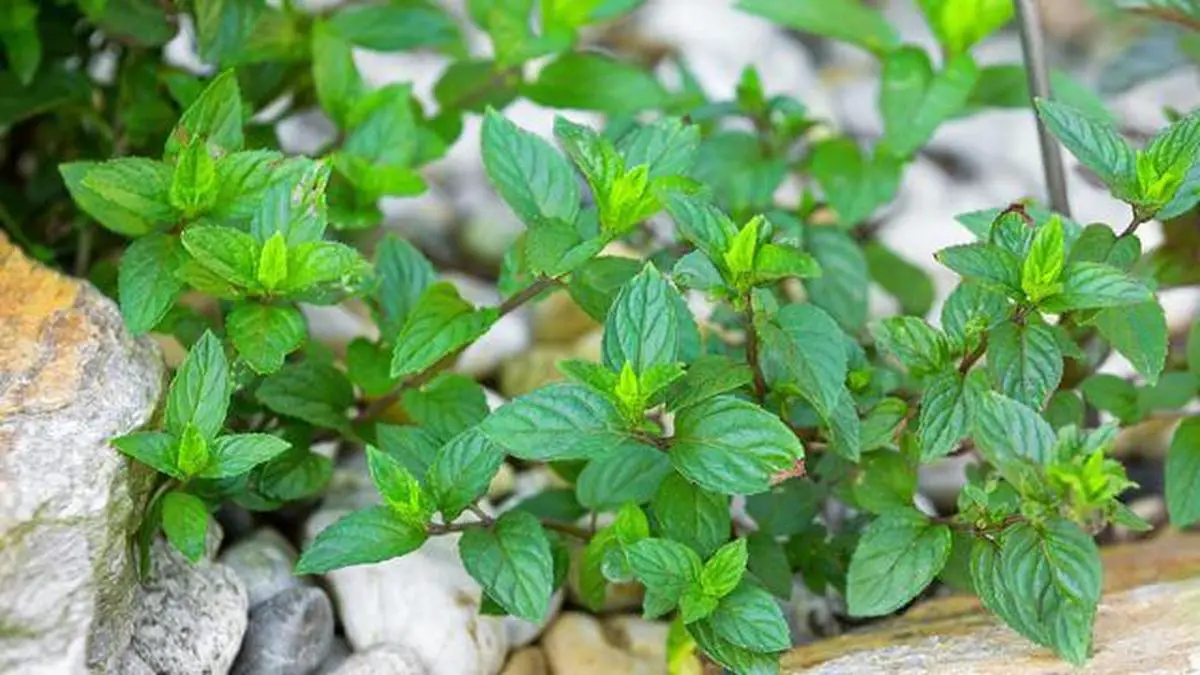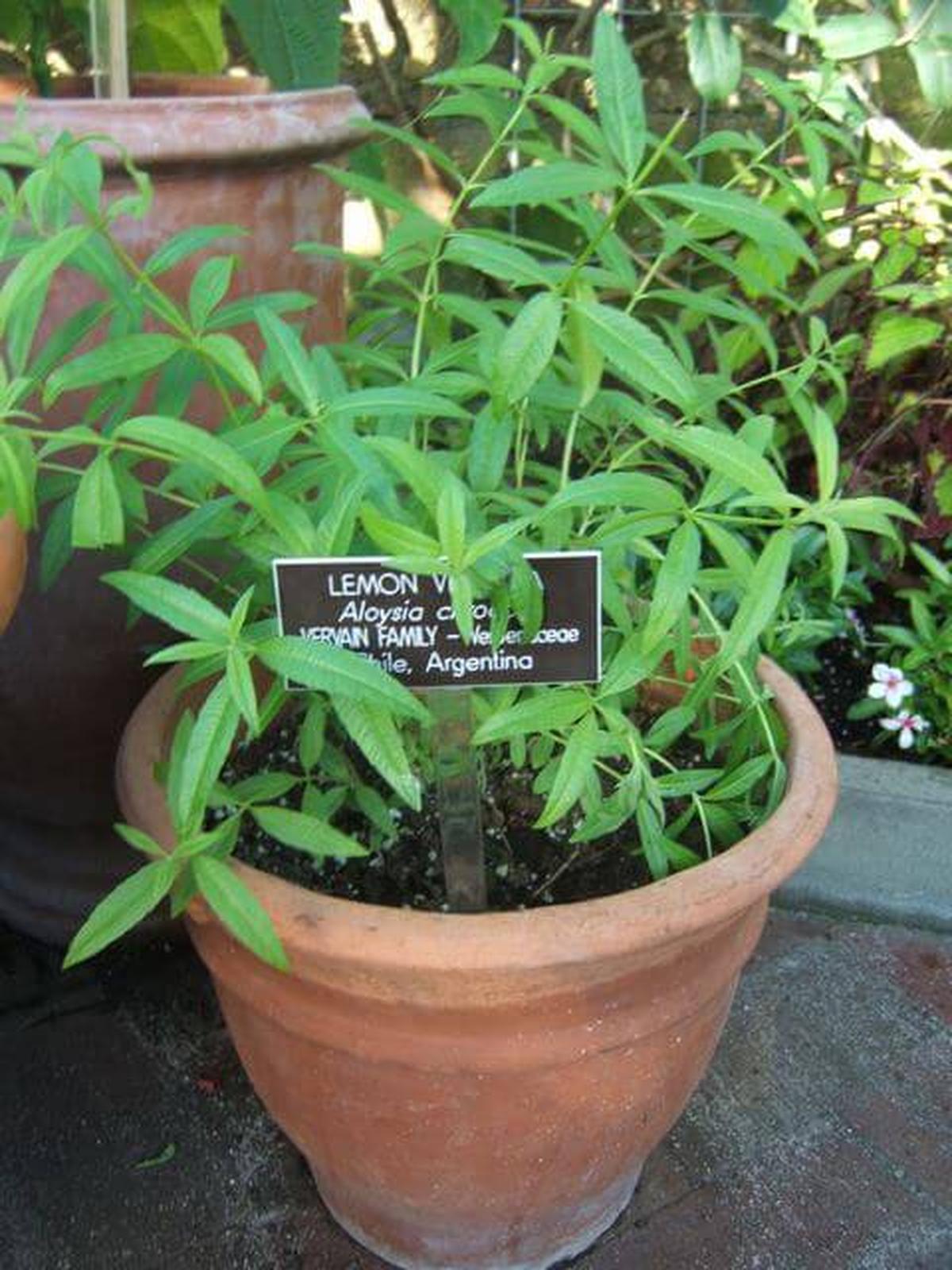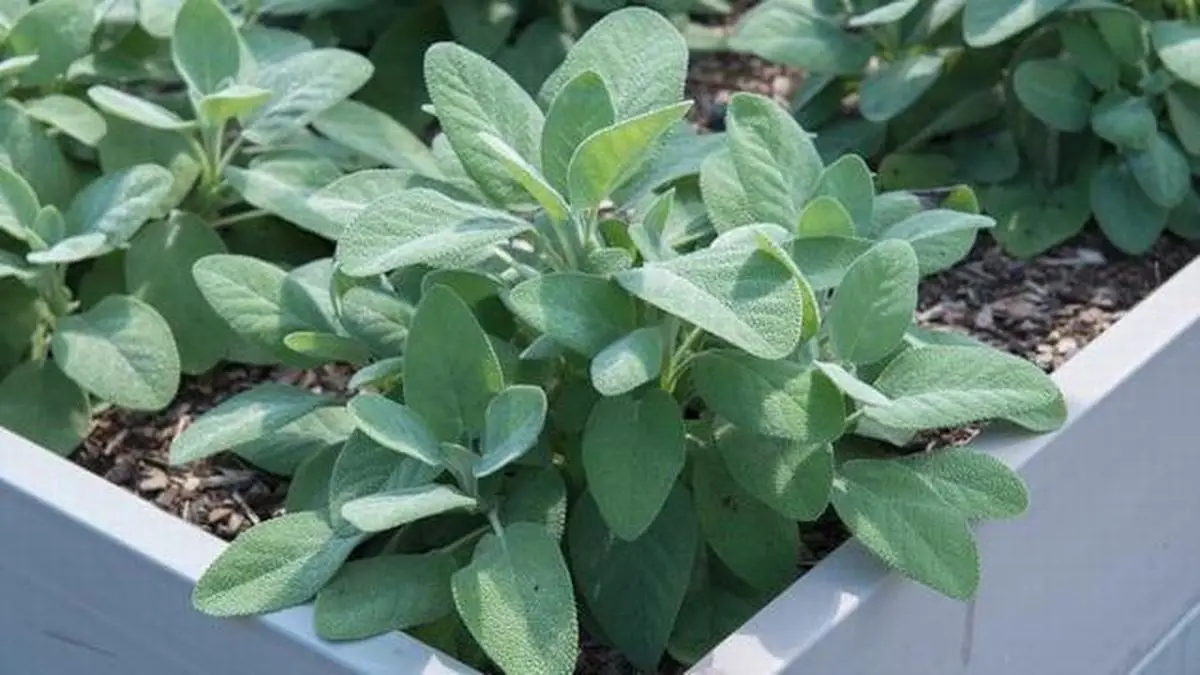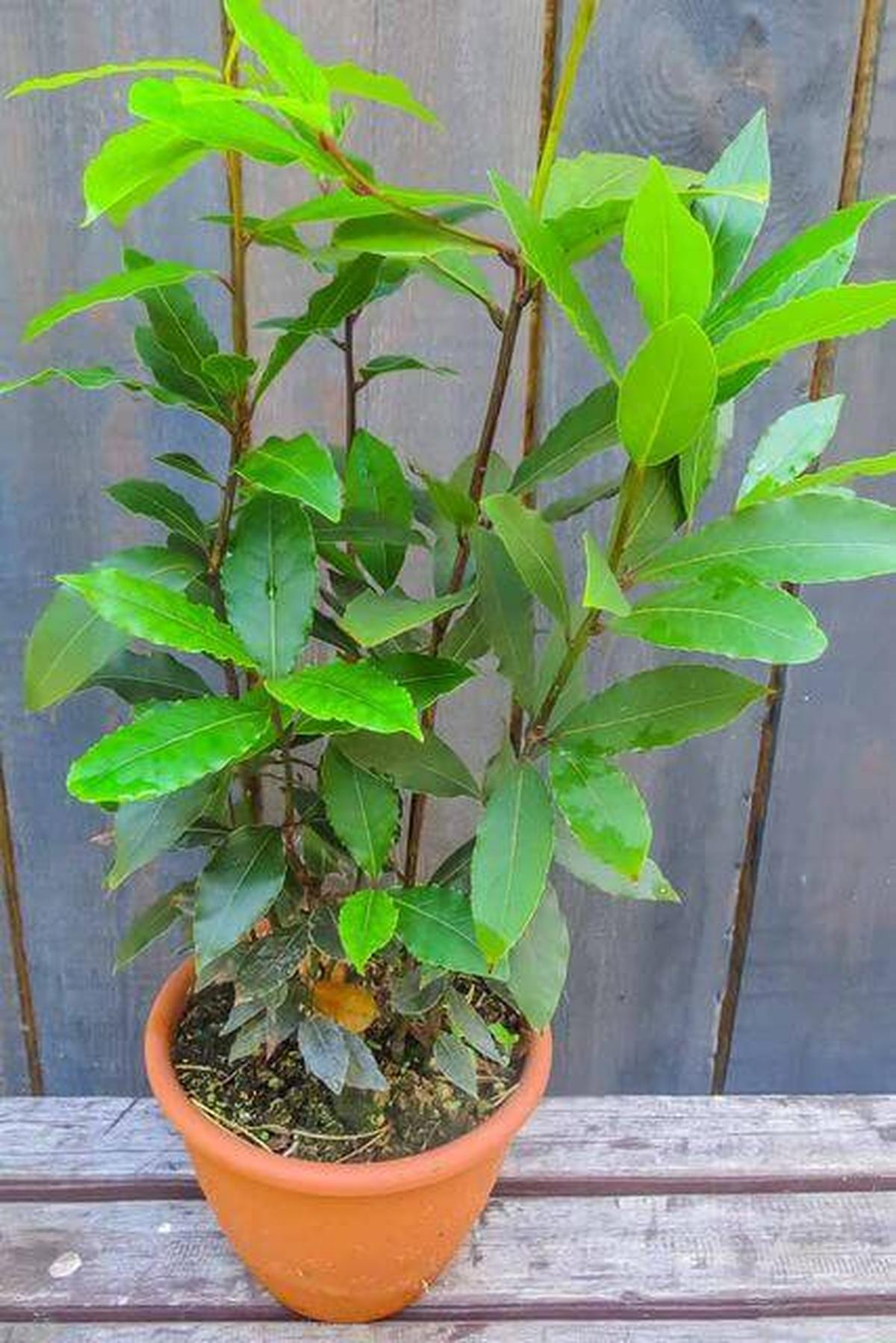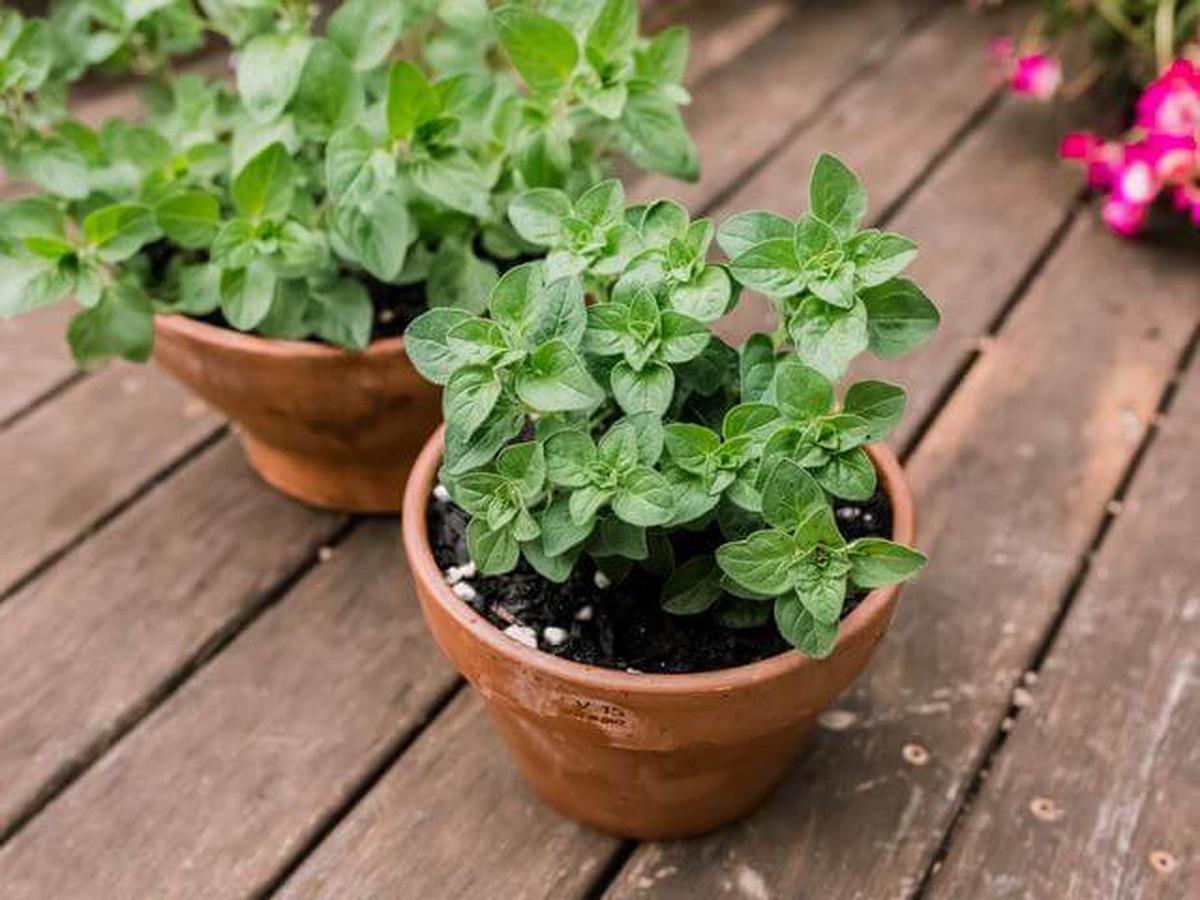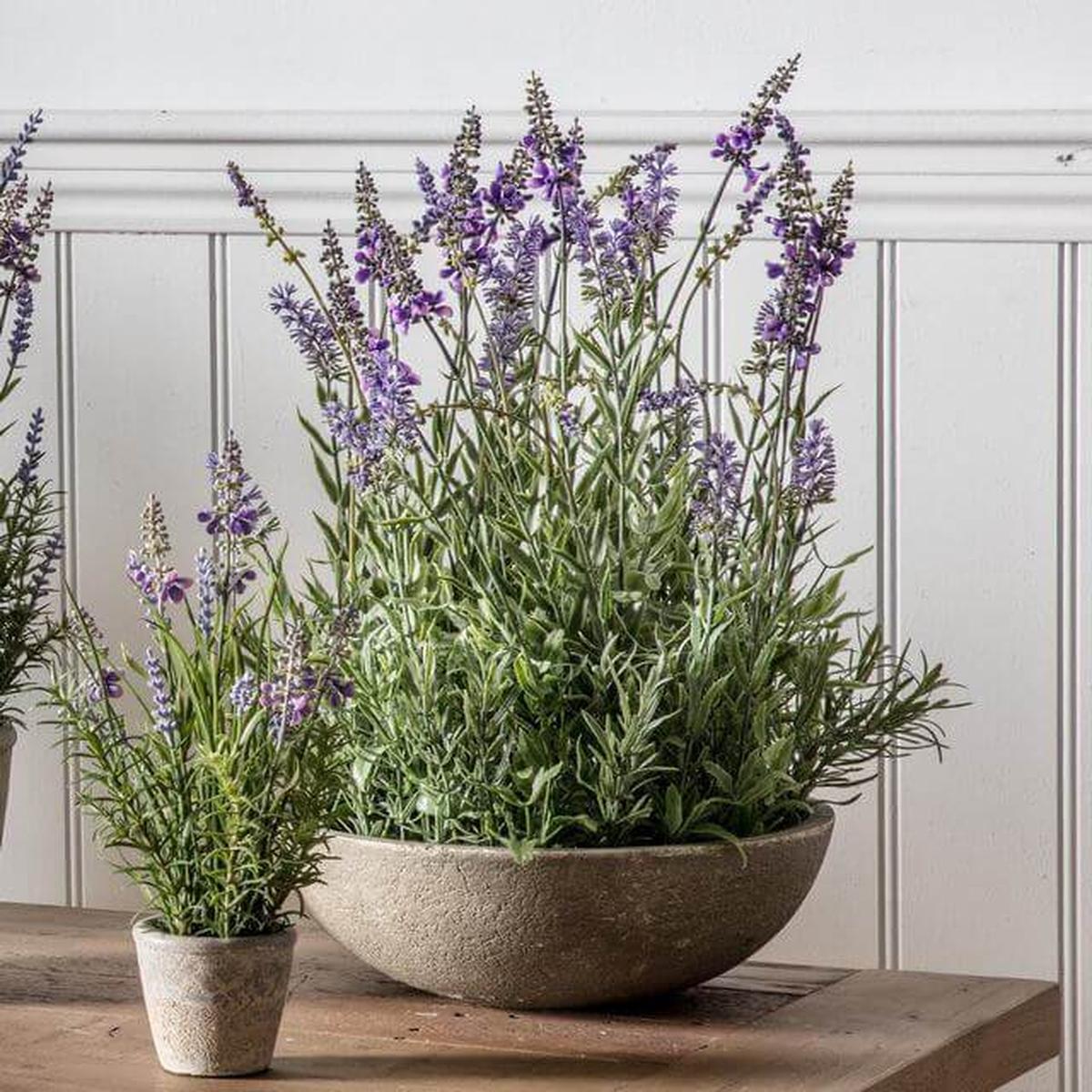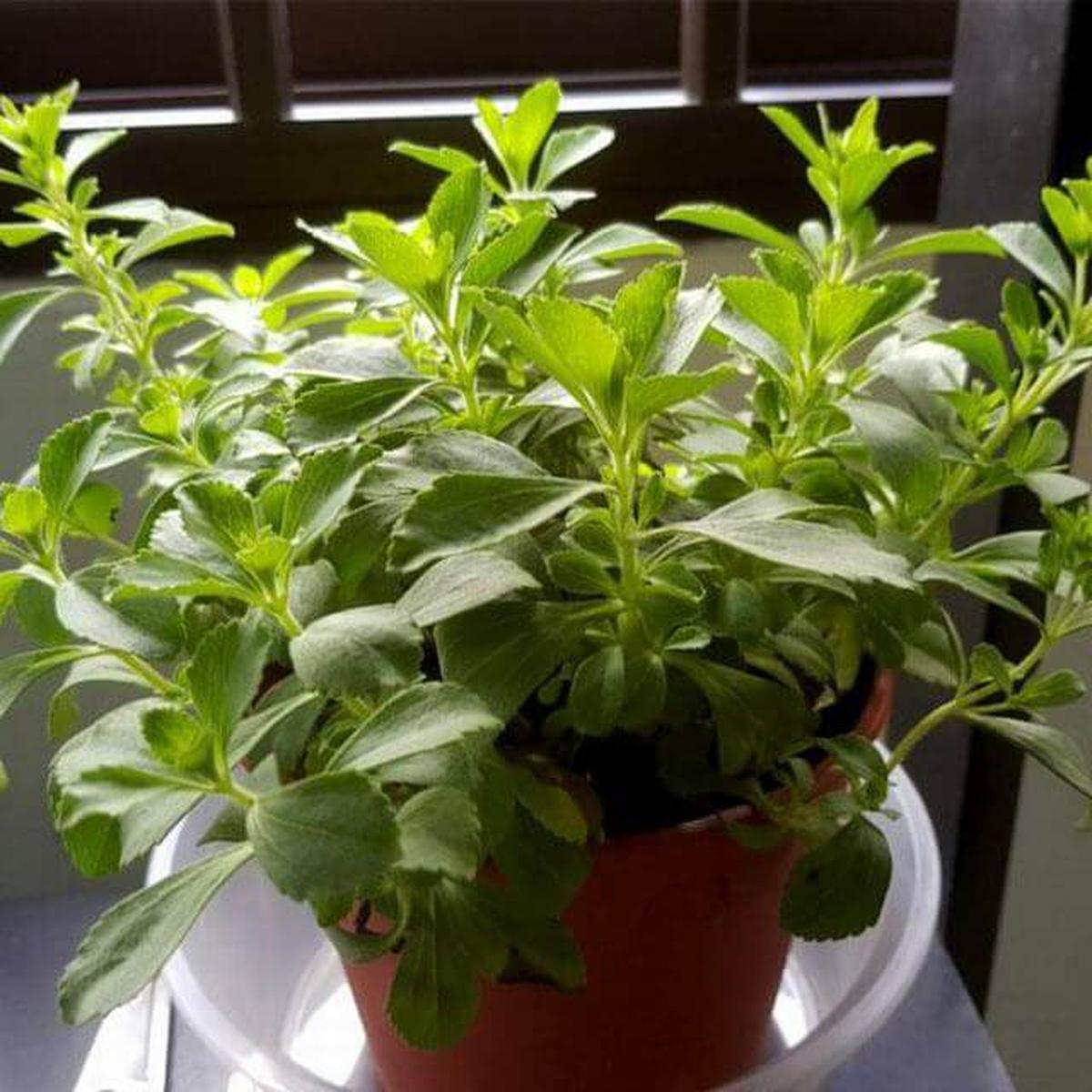11 Popular Herbs to Expand Using Layering Techniques
Herbs grown from layering provide a simple way to multiply your favorite plants while enhancing your garden’s variety.
This technique works especially well with popular herbs, allowing you to expand your herb garden with minimal effort.
Layering offers a cost-effective way to enjoy a continuous supply of fresh flavors.
Rosemary
Growing rosemary through layering offers a wonderful way to expand your garden.
With an established plant, you can take a healthy stem in spring and gently bury part of it in moist soil.
This method encourages roots to form while the rest of the stem continues thriving above ground.
Soon enough, you'll have fresh rosemary ready for cooking or fragrant bouquets right at your fingertips.
Marjoram
Marjoram offers a delightful way to expand your herb garden.
Layering serves as an easy method for propagation, allowing you to nurture new plants without the hassle of germination.
Taking cuttings in the fall is rewarding; they can thrive indoors during winter months, ready to flourish when spring arrives.
Enjoy fresh marjoram at your fingertips all year round!
Catnip
Growing new catnip plants is a rewarding experience that brings joy to both you and your feline friends.
Layer young, flexible stems in porous potting soil for the best results.
Placing these plants in a warm, bright spot helps them flourish beautifully.
Before long, you'll have vibrant catnip ready for playtime with your cats!
Thyme
Thyme offers a wonderful way to grow your own herbs right at home.
Propagating this fragrant plant through layering is straightforward and satisfying.
Long stems stripped of lower leaves can be buried in soil, with just enough greenery above ground to keep things lively.
Before long, new roots will sprout, allowing you to enjoy fresh thyme for cooking or garnishing dishes straight from your garden!
Mint
Mint thrives with a little care and attention.
Propagating this fragrant herb can happen in several ways, including division of established plants, taking cuttings from healthy stems, or layering branches into the soil for new roots to form.
Each method offers its own charm and allows you to enjoy fresh mint right at home.
Whether you're planning a refreshing drink or adding flavor to dishes, growing your own mint makes every meal feel special.
Lemon Verbena
Lemon verbena brings a burst of fresh fragrance to any garden.
Its leaves, rich in lemony aroma, can uplift your cooking and tea experiences.
This herb thrives with minimal care, making it accessible for both novice gardeners and seasoned green thumbs alike.
Propagation is straightforward; you can easily grow new plants from seeds or cuttings while enjoying the delightful scent wafting through your space.
Sage
Growing new sage can be an enjoyable and rewarding experience.
By choosing long, flexible stems, you set the stage for healthy roots to develop.
Removing the lower leaves allows energy to focus on growth while making a small cut encourages root formation once buried in soil.
Watching your efforts flourish into lush green plants brings satisfaction that any gardener appreciates deeply.
Bay Laurel
Growing bay laurel using the layering method is quite simple and rewarding.
Select a healthy, long stem from your plant, ensuring it's strong enough to thrive on its own.
Bury it gently under moist soil while keeping the tip exposed above ground; this encourages new roots to form within days.
Watching that little sprout become a new plant feels like nurturing life right in your garden!
Oregano
Oregano thrives when you provide plenty of bright light and warmth.
Using the layering method makes it simple to grow this herb right at home.
Just take a healthy stem, bury part of it in soil while keeping the tip exposed, and watch as new roots form over time.
Soon enough, you'll have an abundance of fresh oregano ready for your favorite dishes or teas!
Lavender
Air layering lavender plants is an exciting way to grow new ones without needing seeds.
A healthy stem from a mature plant gets buried in soil, and before you know it, fresh roots will start forming.
This method allows you to expand your garden with minimal effort while enjoying the lovely fragrance of lavender all around.
Watching those new plants thrive can be incredibly rewarding for any gardening enthusiast.
Stevia
Growing stevia indoors opens up a delightful journey into the world of gardening.
You can start with seeds, which requires some patience as they germinate slowly, but the reward is worth it.
Stem cuttings provide a quicker route; simply snip off healthy pieces and watch them root in water or soil.
Air-layering offers another option by encouraging roots to develop while still attached to the parent plant.
Each method brings its charm and allows you to enjoy fresh sweetness right at home!

